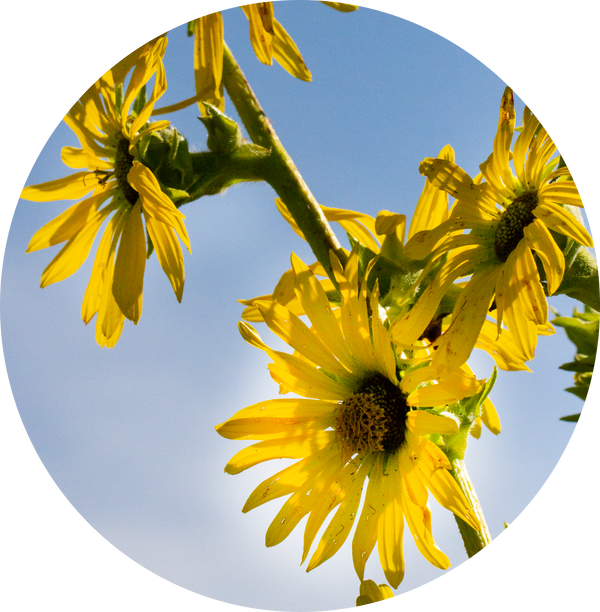Midwest Wilderness Connections Eco-briefs and Eco-sweeps
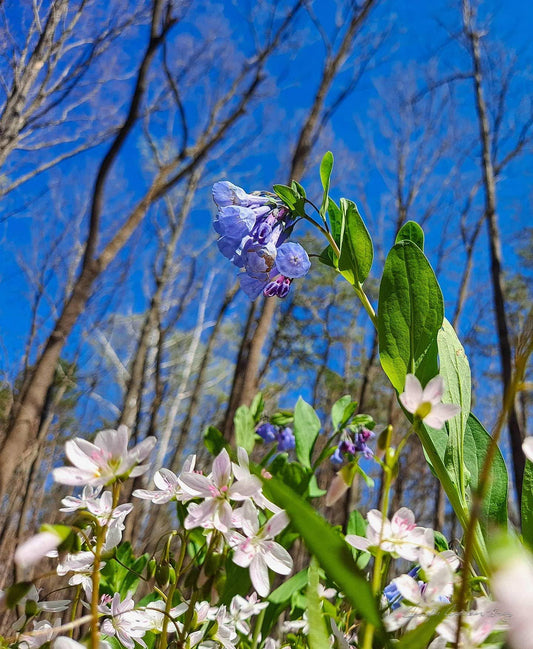
MWC Eco-brief: Spring Ephemeral Flowers
Spring ephemeral flowers, such as bloodroot, quickly emerge and bloom in the spring before tree leaves open and shade the ground. (Sanguinaria canadensis). Native plant Garden, Illinois, USA. Snow...
MWC Eco-brief: Spring Ephemeral Flowers
Spring ephemeral flowers, such as bloodroot, quickly emerge and bloom in the spring before tree leaves open and shade the ground. (Sanguinaria canadensis). Native plant Garden, Illinois, USA. Snow...
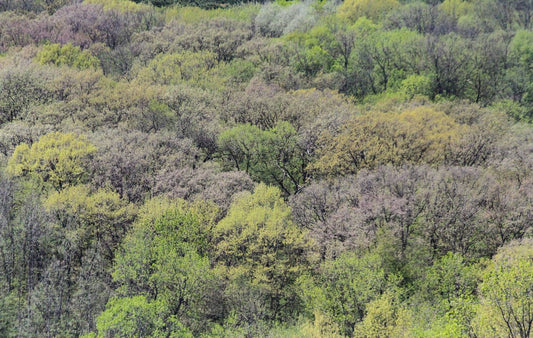
MWC Eco-brief: Spring has Arrived in the forest
The spring forest canopy can be as beautiful as its fall colors. Many migrating birds follow the opening of tree buds during spring migration. The opening of buds exposes lots...
MWC Eco-brief: Spring has Arrived in the forest
The spring forest canopy can be as beautiful as its fall colors. Many migrating birds follow the opening of tree buds during spring migration. The opening of buds exposes lots...
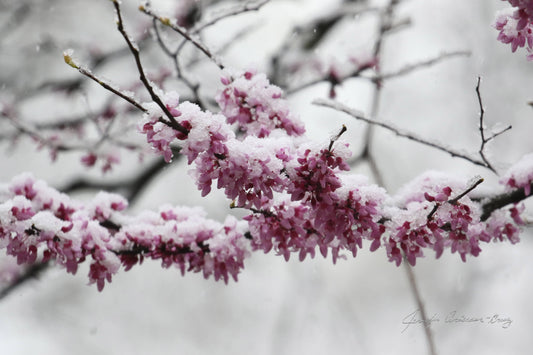
MWC Eco-brief: Eastern Redbud
The eastern redbud (Cercis canadensis) is an early blooming tree species that is an important first food plant for emerging bees and pollinators in search of nectar and pollen. The...
MWC Eco-brief: Eastern Redbud
The eastern redbud (Cercis canadensis) is an early blooming tree species that is an important first food plant for emerging bees and pollinators in search of nectar and pollen. The...
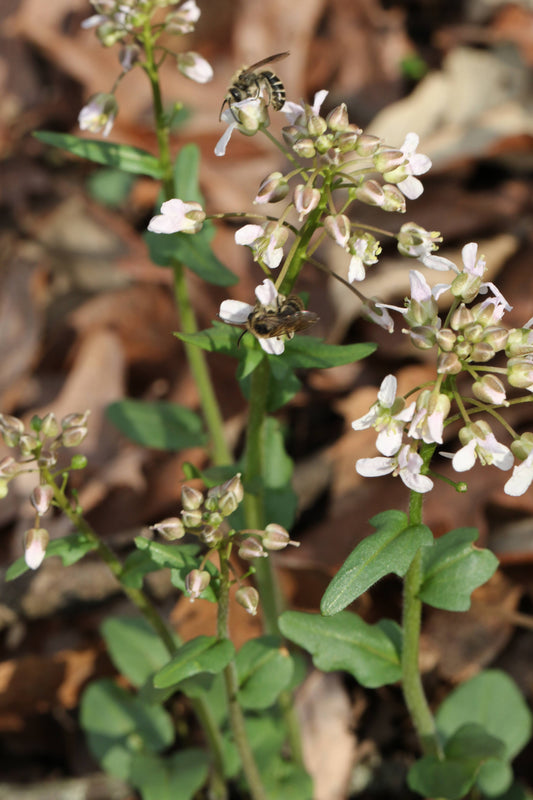
MWC Eco-brief: Cellophane Bees
Early spring wildflowers are incredibly important to native bees emerging from their overwinter retreats. Here, cellophane bees are feeding on purple cress (Cardamine douglassii). Cellophane bees are ground nesting bees....
MWC Eco-brief: Cellophane Bees
Early spring wildflowers are incredibly important to native bees emerging from their overwinter retreats. Here, cellophane bees are feeding on purple cress (Cardamine douglassii). Cellophane bees are ground nesting bees....
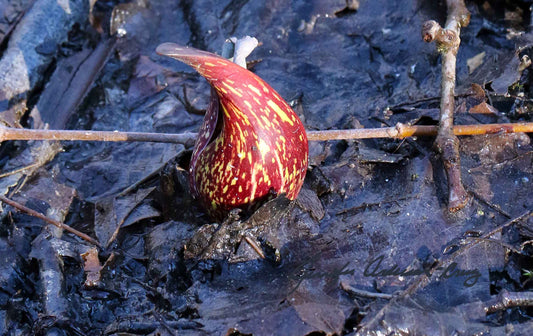
MWC Eco-brief: Skunk Cabbage on the Scene
Skunk cabbage occurs in wooded wetlands where it produces yellow speckled maroon flowers in late winter to early spring. This plant can warm itself up to 70 degrees Fahrenheit, which...
MWC Eco-brief: Skunk Cabbage on the Scene
Skunk cabbage occurs in wooded wetlands where it produces yellow speckled maroon flowers in late winter to early spring. This plant can warm itself up to 70 degrees Fahrenheit, which...
